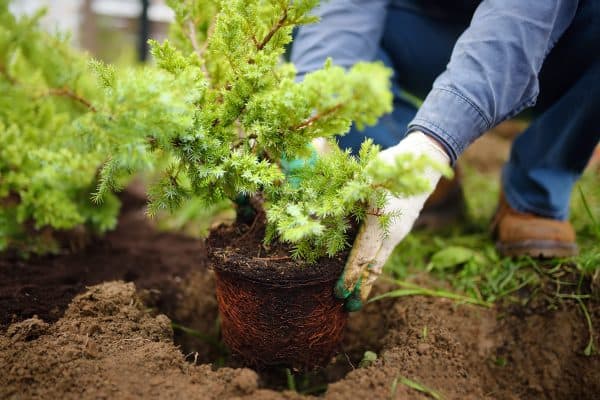Converting a lawn can be a challenging undertaking, but with the correct method, you’ll have a more sustainable, well-irrigated, and low-maintenance landscape that features lush and drought-tolerant native plants. So, how do you remove the grass in your turf to create an attractive xeriscape? We have researched answers for you.
How to convert a lawn to xeriscape:
- Outline the perimeter using a rope.
- Kill the grass using a herbicide or glyphosate. It would take seven days for the color to be stripped.
- Cover the planted greenery with mulch and woodchips.
- Cover the grass with breathable fabric and cover with 6-7 inches of mulch.
- Saturate with water and wait for several months.
- Plant into the soil and mulch once the grass has died.
Converting a lawn into a xeriscape requires a lot of considerations and waiting time. You will also need to be smart about selecting the right plants so your xeriscape will have a more lush and thriving growth process. Keep reading to learn more about how to turn your landscape into a xeriscape.
![green garden of the backyard on the outdoor view of the house, How To Remove Grass For Xeriscape [How To Convert Lawn]](https://landscapingbase.com/wp-content/uploads/2022/08/How-To-Remove-Grass-For-Xeriscape-How-To-Convert-Lawn-1200x800.png)
How To Remove Grass For Xeriscape
The key to having a thriving and well-maintained xeriscape is to plan thoroughly. You’d want to have the right materials and right climate conditions first so you’d have a seamless—albeit still challenging—conversion process.
Converting a grassy landscape to a xeriscape means you’d have to improve the moisture level of the soil, eliminate weeds, and take advantage of rocks and mulches.
The first step to all this is to remove the grass first—here is how you can do it:
Outline the Perimeter
Get a rope or line the perimeter with twine tied on poles to identify the area that you want to convert. This will give you an easier time determining the area that needs to be converted.
Kill Grass Using a Herbicide or Glyphosate
Herbicides such as Roundup or Kleenup can effectively kill your lawn grass. It will also kill the weeds, making the new area potentially more fertile.
To ensure that the new plants will not be killed in the process, plant ground covers after seven days. You should also plant directly on the sod. After this period, you should notice the turf turning brown or ashen--this means that the grass has died and can now be covered.
Check out this herbicide on Amazon
Cover with Mulch and Woodchips
After the grass and weeds have died, cover the ground with mulch and woodchips. This will keep the soil cooler, and it will keep the ground moist especially after you've watered it. The woodchips will be anchored by the dead grass as it prevents erosion at the same time.
Organic mulch, especially wood mulch, is excellent at absorbing heat so the underlying soil won't dry out and kill the plants. These mulches will also make the soil more fertile as it breaks down compost as well as other nutrients while keeping the soil at a constant temperature.
Cover with Breathable Fabric and 6-7 Inches of Mulch
Although some people do it, don't use black plastic for covering garden centers. Although it is highly effective at killing grass, it may also smother the roots of other plants in the area as well as the plants you're planning to put in the ground.
Breathable fabric or landscape fabric is much safer and just as effective. It will control the weeds, and it will control erosion better. Some brands even have UV protection, so it won't dry out the soil, effectively protecting the surrounding plants.
Saturate with Water and Wait for Several Months
Saturate the area with water so the soil can break down the nutrients better. This will ensure that the soil is fertile and can readily accommodate new plants. Even if you're planning to put in drought-tolerant plants, it is still best to make the soil moist and well-drained so your landscape will thrive and look lusher over time.
If you have an underground sprinkler system, have them water the plants as needed. You can also gradually lessen the water being released if you want to "train" these drought-tolerant plants to become more low-maintenance.
That way, you'll have a more sustainable and easy-to-tend garden while retaining its beauty.
Plant Into the Soil and Mulch Once the Grass has Died
Plant into the soil once your garden has been established. However, even during the waiting period, you can already try putting new plants into the landscape--as long as you've done your due diligence with covering the ground with mulch, removing weeds, and keeping the soil moist and well-drained.
This is also one of the reasons why you should opt for a landscape fabric instead of a black plastic sheet. Sooner or later, the black plastic will choke the roots because it blocks the entry of sunlight and oxygen. It will inevitably affect the roots and get them to rot.
Read: "Coconut Vs. Wood Mulch: Which to Choose?"
Drought-Tolerant Plants for Your Xeriscape
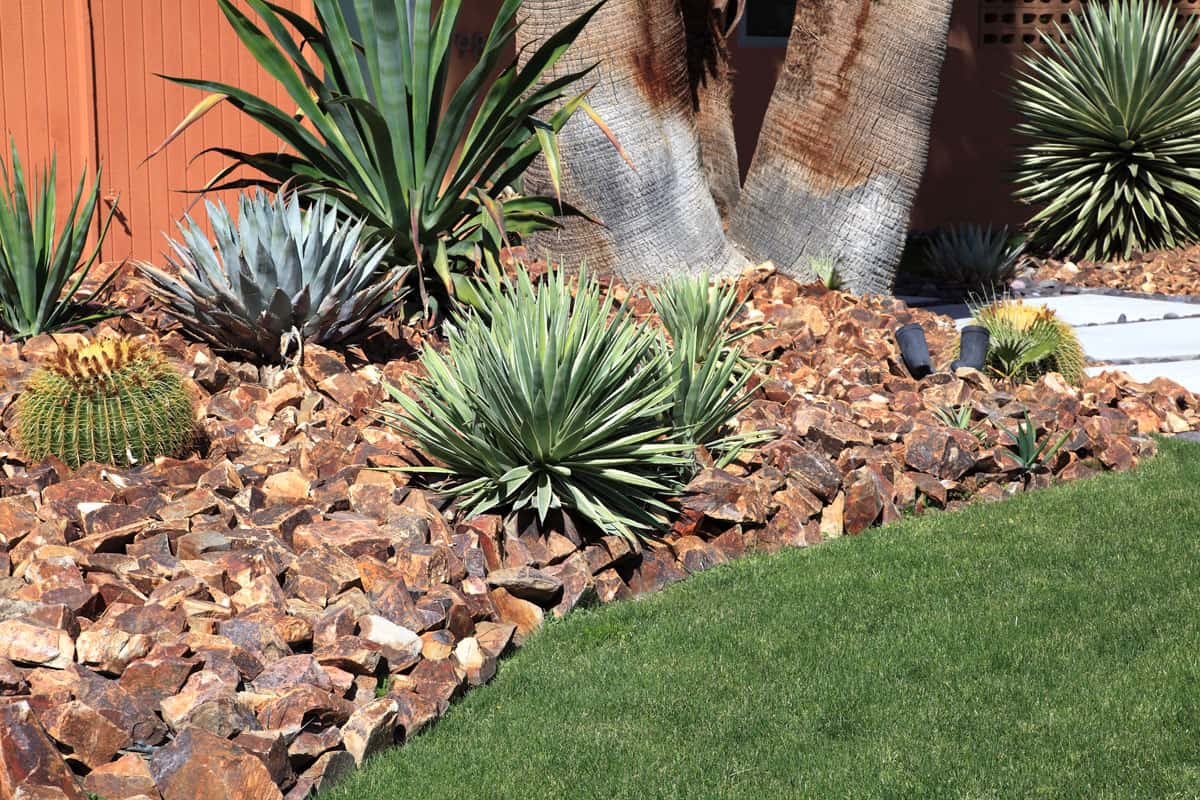
Xeriscapes are constructed for the purpose of creating a more low-maintenance landscape. It shouldn't require much irrigation, which is why you had to get rid of grass turf in the first place.
However, a xeriscape doesn't mean a completely dry-looking landscape. It all depends on the plants you choose, and the planning involved while crafting your landscape.
Read: "Can You Paint Patio Pavers To Look Like Stone?"
If you want a low-maintenance landscape, don't go for moisture-loving plants that require a lot of watering. Instead, go for drought-tolerant plants that can go long periods without water. Of course, you should still make sure that your soil has enough moisture to keep your landscape lush.
Here are plants that can be compatible with your xeriscape.
Pinyon Pine
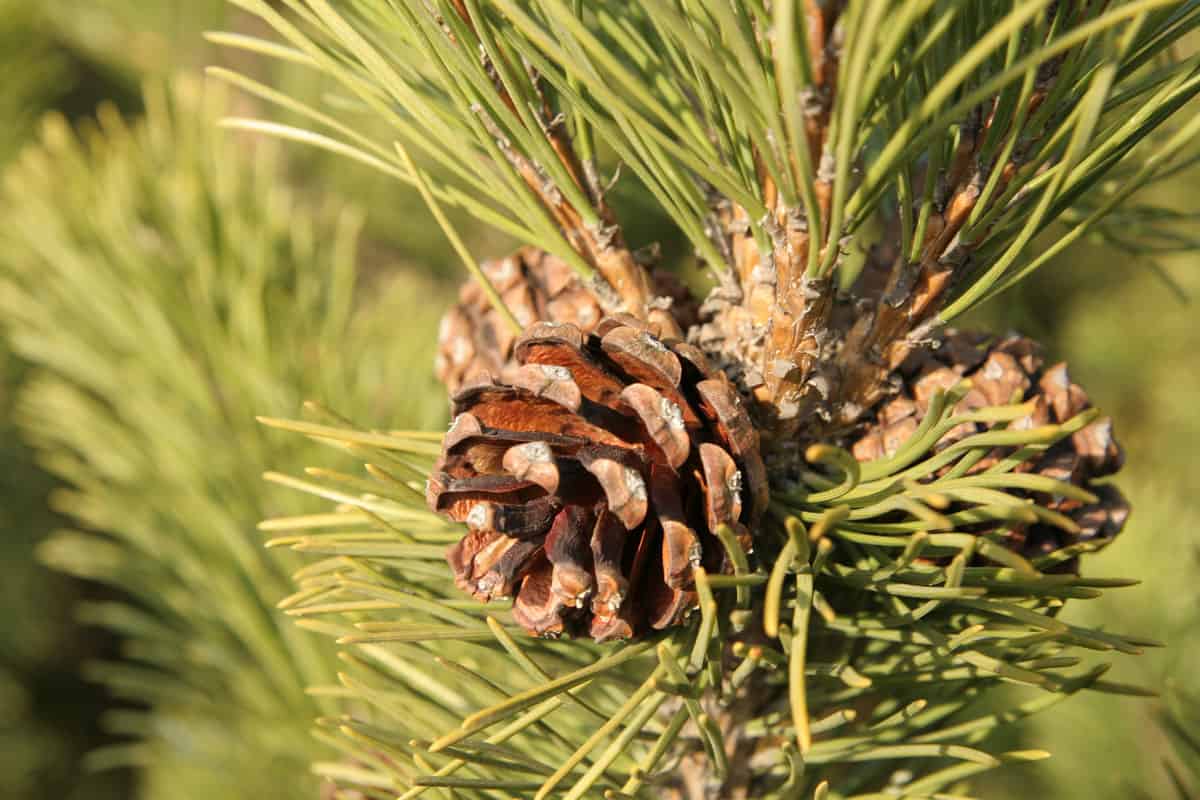
The Pinyon Pine Tree is slow-growing and drought-tolerant. It is also ideal for smaller spaces since they are compact and dense, so they can easily beautify your xeriscape without taking up too much space.
Although they do not require much watering and fertilizer, they still require to be planted in well-drained soil. Make sure to water it if you're going through an extended period of drought to prevent the plant from dying.
Hawthorn
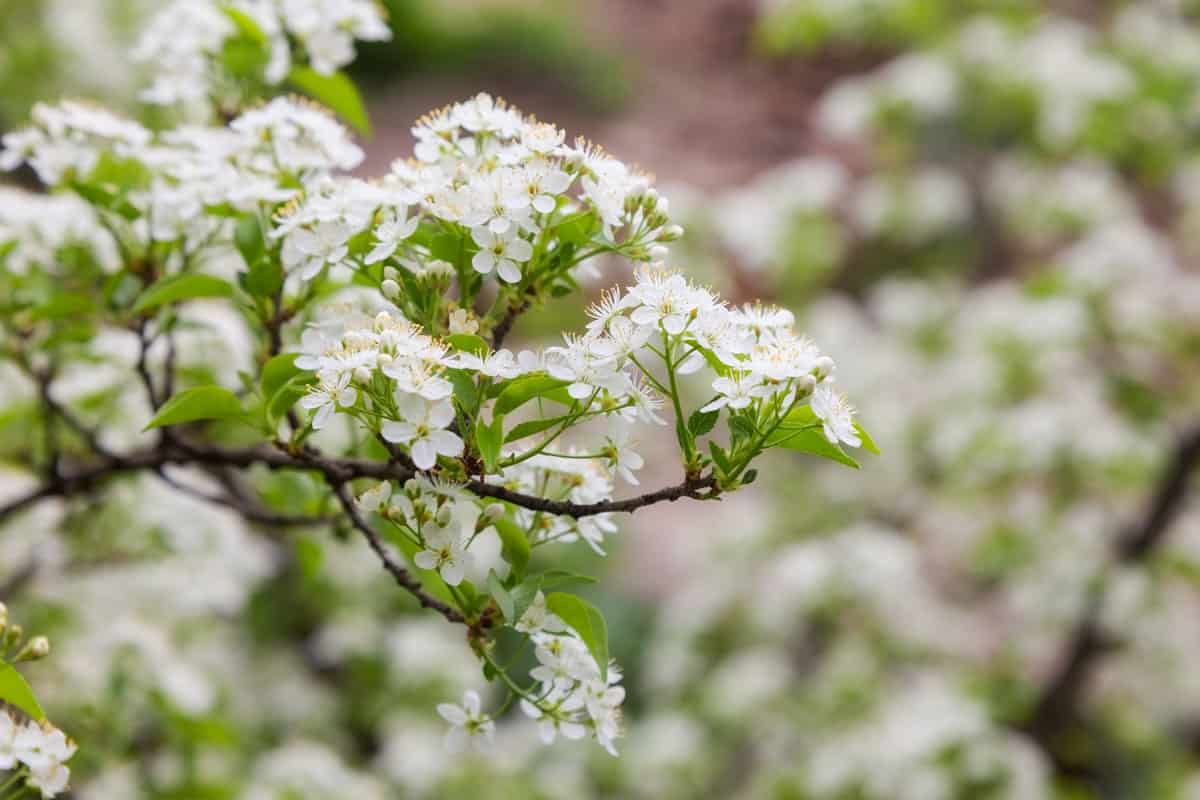
Hawthorns, specifically Indian hawthorns give your landscape a splash of vibrance as it grows colorful blooms. They are relatively low-maintenance and can tolerate periods of drought and cold.
However, during the summer, it is best to water their soil every 10 days just to prevent the evergreen foliage from drying out.
You can plant hawthorns in any soil type and they will still thrive, but make sure you amend them to keep them well-drained. They are also ideal to be planted near the beachfront since they are also known to be salt-tolerant.
Juniper
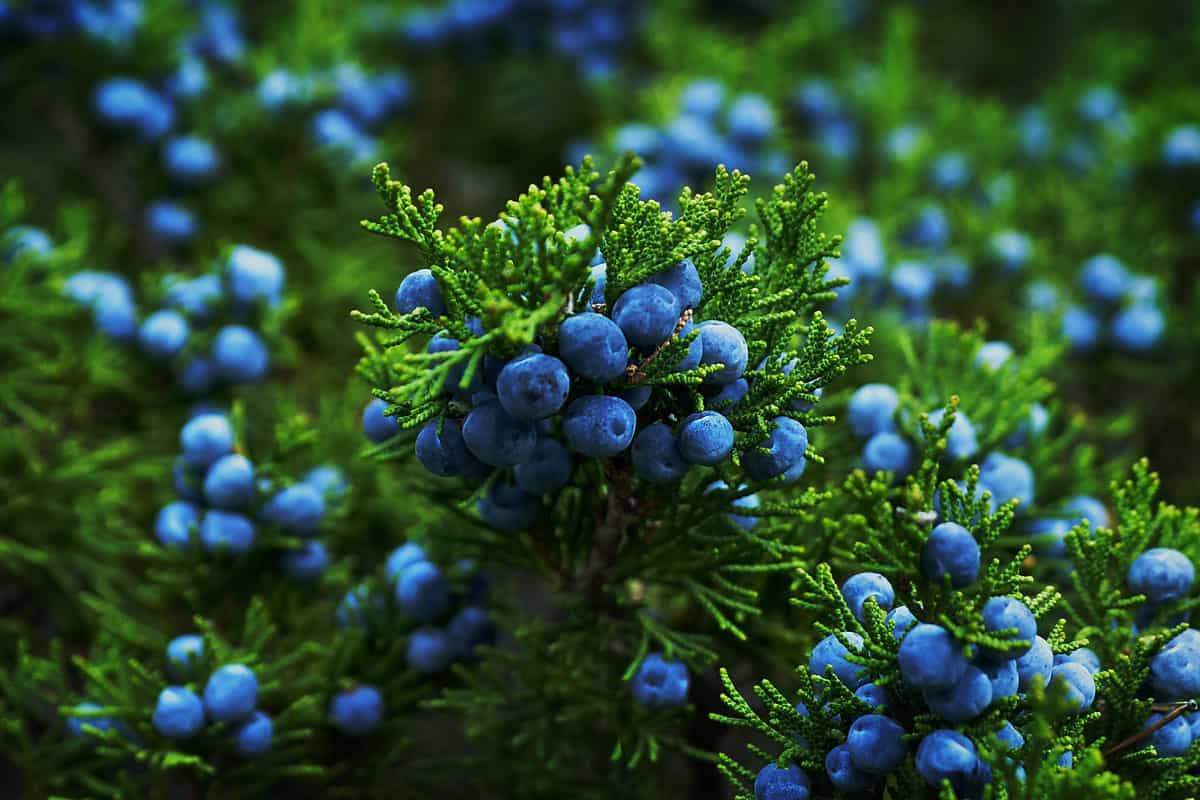
Junipers are crawling plants that you can grow as ground cover to make your xeriscape lusher even if you don't water it frequently. These Junipers will add texture and dimension to your landscape, and their evergreen foliage will make your landscape more attractive.
Final Thoughts
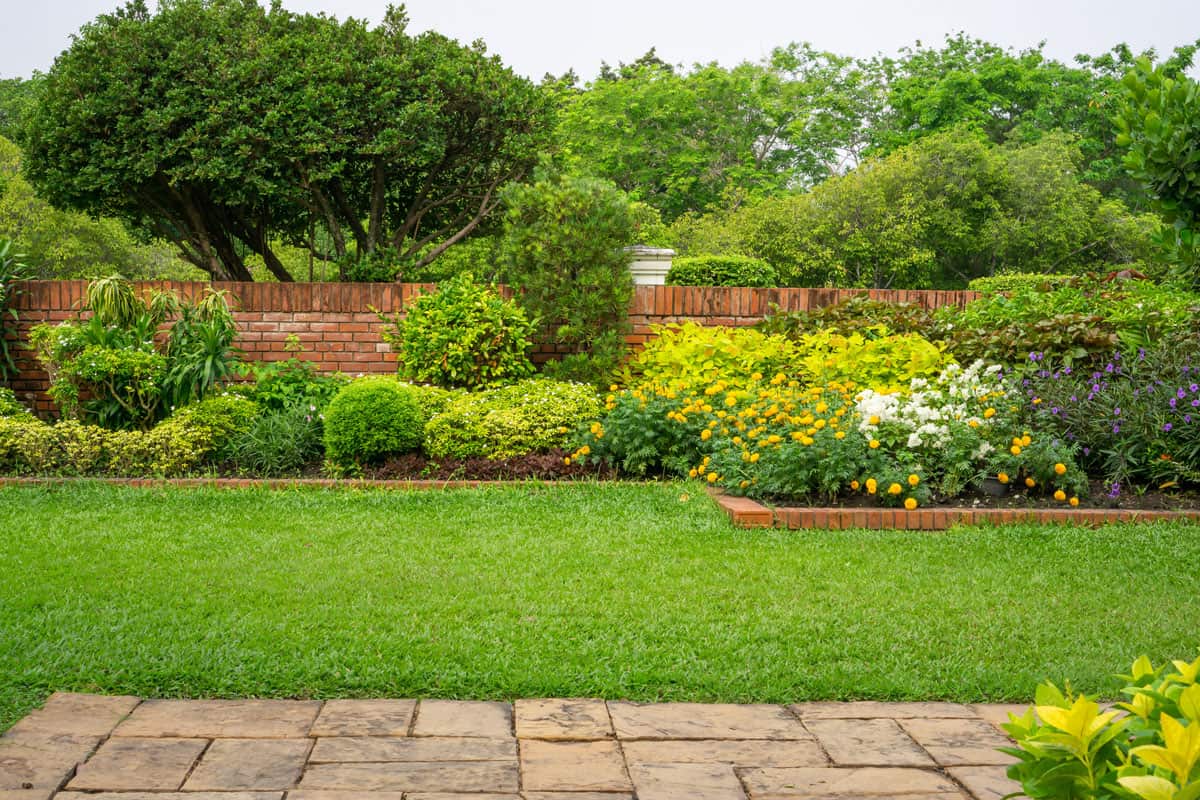
Xeriscapes don't have to look completely dry. You can make your landscape look more vibrant by keeping the soil healthy with mulch and choosing plants that have evergreen foliage and require little watering.
As always, make sure to choose plants that are compatible with your area's climate and ones that you can effectively grow.


![man replanting herb with yellow flowers for use in landscaping. 15 Perennials That Absorb Water [Incredible Choices For Foundation Landscaping]](https://landscapingbase.com/wp-content/uploads/2022/09/man-replanting-herb-with-yellow-flowers.-15-Perennials-That-Absorb-Water-600x400.png)
![Big custom made luxury house with nicely trimmed and landscaped front yard, South Facing Front Yard Landscaping Ideas [17 Ideas To Increase Your Curb Appeal]](https://landscapingbase.com/wp-content/uploads/2022/09/BIGCUS1-600x400.jpg)
